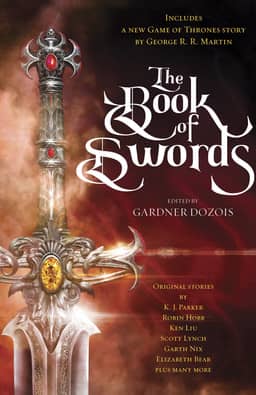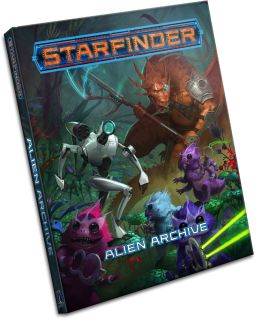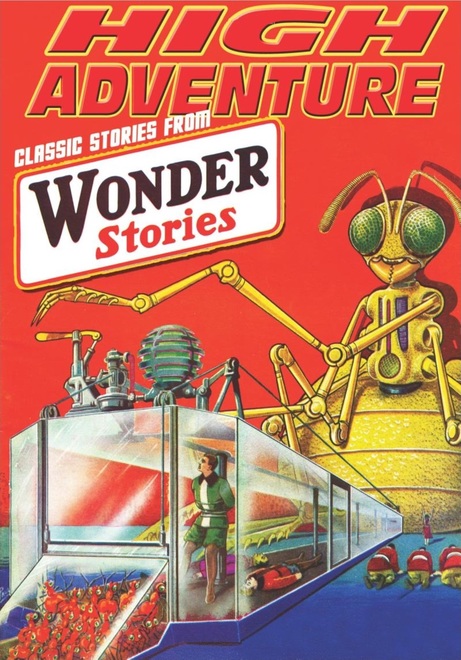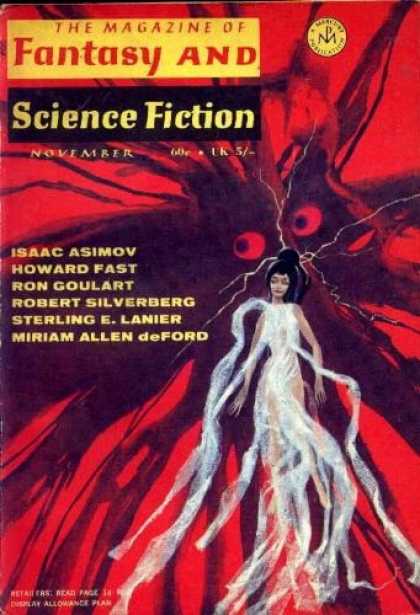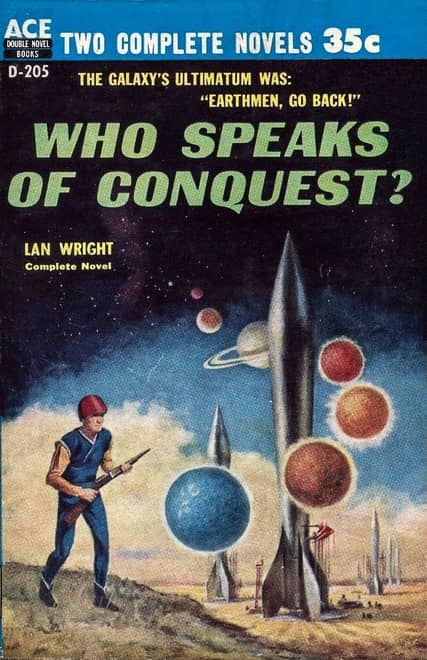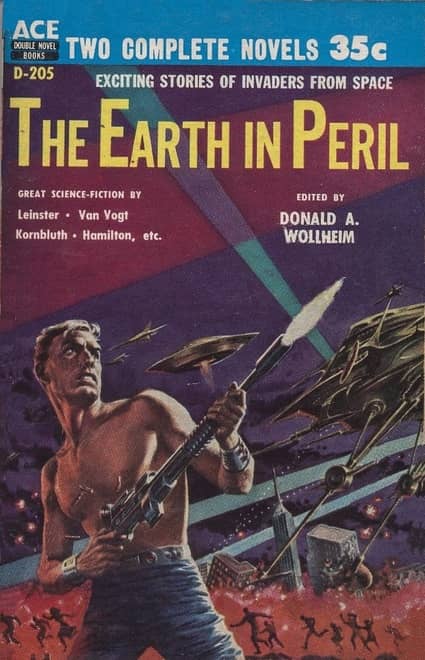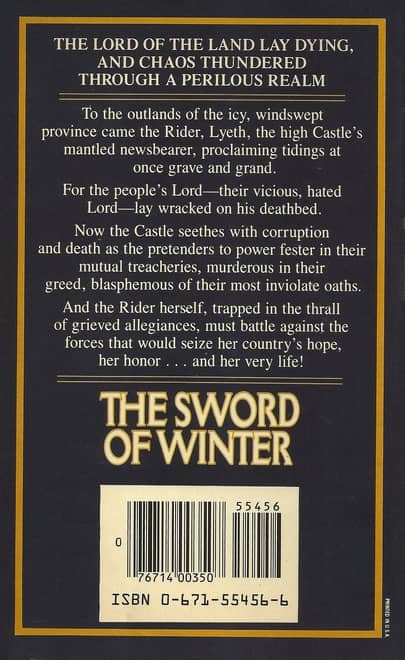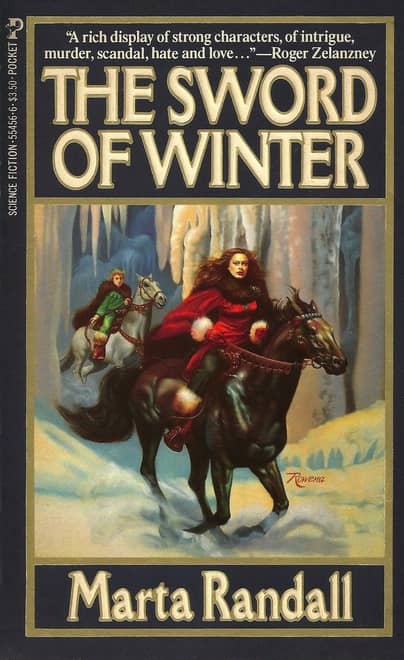In 500 Words or Less … Utter Fabrications: Historical Accounts Of Unusual Buildings And Structures, ed. by Dawn Vogel and Jeremy Zimmerman
 Utter Fabrications: Historical Accounts of Unusual Buildings and Structures
Utter Fabrications: Historical Accounts of Unusual Buildings and Structures
Edited by Dawn Vogel and Jeremy Zimmerman
Mad Scientist Journal Presents, DefCon One Publishing (354 pages, $14.99 paperback, $4.99 eBook, Sept 2017)
“No one understands strange places like the people who have been there,” opens the description for Utter Fabrications: Historical Accounts of Unusual Buildings and Structures, calling out the fact that everyone knows a place that gives them a funny feeling. For me, it was a stretch of residential street partway between the grocery store where I worked as a teenager and the home where my mom and stepdad lived. Walking that way wouldn’t always make my skin crawl… but enough that I started to avoid it.
The idea behind this anthology, I think, is to evoke that familiar feeling of the uncanny. And some of the stories in Utter Fabrications manage to do that. “Every House, A Home” by Evan Dicken focuses on a freelancer who tries to suss out the negative energy around buildings – not because of bad feng shui or poltergeists, but because the building is actually unhappy. In “Kingsport Asylum” by Diana Hauer, a woman returns to the asylum where she spent her youth and faces the very tangible memories of the crimes committed there.
Each story takes the idea of a place being inhabited by energies beyond our understanding and plays with it, and one of the strengths of this anthology is the different ways this idea is shaped, whether it’s through a roving bike rack, a house that dreams of exotic locales or a city district that sometimes takes people but also sometimes protects them. There are also a number of diverse characters on display; my favorite was the non-binary groundskeeper in “Asylum,” with a close second being Nat in “Every House,” who struggles with reading human emotions but can become totally in tune with a building.
If I’m being entirely honest, though, none of the stories really drew me in or gave me that “aha” moment I look for in short fiction. In some cases the stories are predictable, and in many cases things work out well in almost prosaic or Lifetime movie sort of way, which has never been my cup of tea. The roving bike rack that becomes attached to Alanna McFall’s protagonist in “Can’t Be Locked Down” is the one story that struck me with its quirky originality, but none of the others really did the same.

